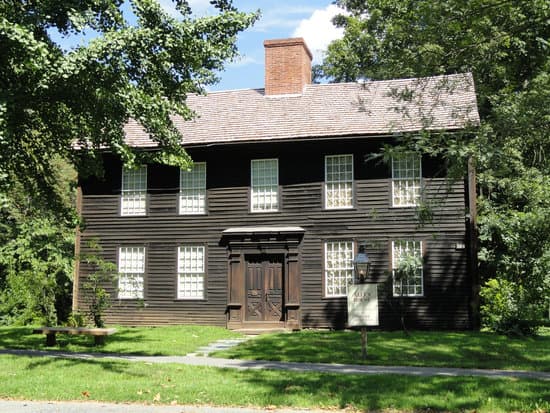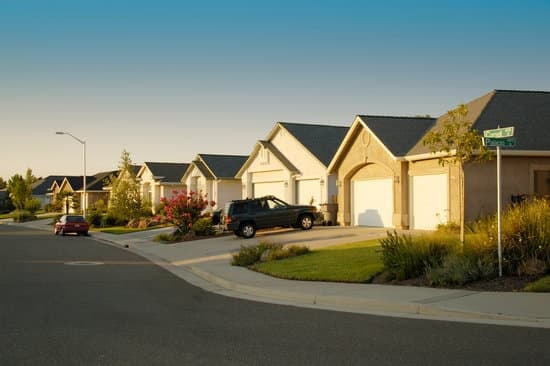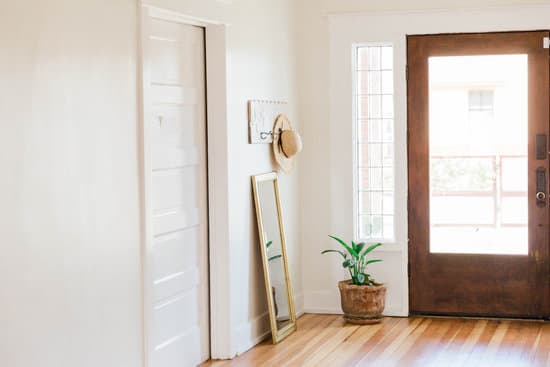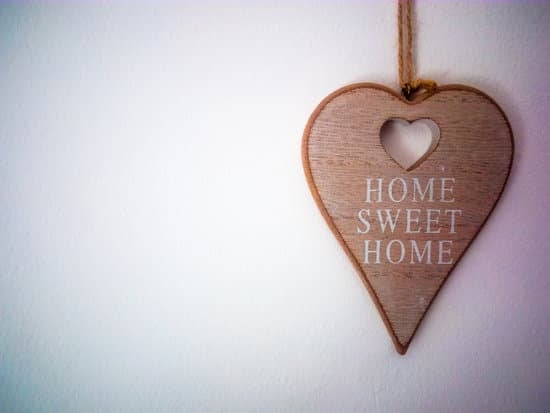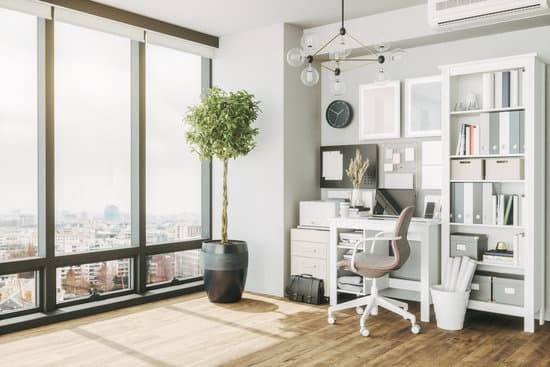What is cement board?
Cement board is a construction material commonly used as an underlayment for ceramic tile or stone, as well as a sheathing material for exterior walls. It is made of a combination of cement, sand, and cellulose fibers, which are then reinforced with either fiberglass mesh or polymer additives. Cement board is known for its strength and durability, making it an excellent alternative to traditional gypsum boards. It is also resistant to fire and mold, making it a popular choice for buildings that require a high level of safety and durability.How does cement board absorb and release water?
Cement board is a porous material that absorbs water efficiently. However, it also has remarkable drying properties, which means it can release moisture just as quickly as it absorbs it. When cement board is exposed to water, the surface of the board becomes damp, and the water begins to penetrate into the pores of the material. The cellulose fibers in the board absorb the water, which causes the board to expand. However, once the water has been absorbed, the board will eventually dry out. The board’s drying properties allow it to release moisture quickly, which prevents the growth of mold and reduces the risk of water-related damage. It is important to note that although cement board is water-resistant, it is not waterproof. Therefore, it is susceptible to getting wet if it is exposed to water for extended periods.Can cement board get wet?
Yes, cement board can get wet. Although it is water-resistant, it is not completely impervious to water. If left untreated, water can penetrate the board’s pores and cause damage over time. Areas that are particularly susceptible to water damage include the edges and seams of the board, where water can seep in and cause the board to expand and contract. Additionally, improperly installed or damaged cement board can allow water to seep in and cause damage to surrounding areas.How does water affect cement board?
If cement board gets wet and is not promptly dried, it can lead to various issues, including:- Mold and Mildew: Water that has been absorbed by cement board can create an ideal environment for mold and mildew to grow. This can cause unsightly stains and respiratory problems.
- Expansion and Shrinking: When cement board absorbs water, it expands. Conversely, when it dries out, it shrinks. This expansion and shrinking can cause the board to crack or even come apart.
- Discoloration: Cement board that has been exposed to water can develop unsightly stains and discoloration, which can be difficult to remove.
How to prevent water-related damage to cement board?
There are several ways to prevent water-related damage to cement board, including:- Proper Installation: Cement board should be installed correctly, with all seams and edges sealed to prevent water from seeping in.
- Regular Maintenance: It is important to regularly inspect cement board for any signs of damage or wear, and to repair or replace any damaged areas as soon as possible.
- Waterproofing: Applying a waterproof coating to cement board can help to prevent water from penetrating the surface of the material, reducing the risk of damage.
- Proper Drainage: Ensuring that water drains away from the building can help prevent water from seeping into the cement board.
How to repair water-damaged cement board?
If cement board has been damaged by water, it may need to be replaced. However, in some cases, it may be possible to repair the damage. Here are some steps to follow:- Remove any damaged areas: If there are any areas of the cement board that are severely damaged, they will need to be removed and replaced.
- Clean and dry the area: Once the damaged areas have been removed, clean and dry the area thoroughly.
- Apply a waterproofing agent: Applying a waterproofing agent to the surface of the cement board can help to prevent water from penetrating the material.
- Seal the edges and seams: Ensure that all edges and seams are sealed to prevent water from seeping in.
Cement board vs. other water-resistant materials.
Although cement board is a popular choice for water-resistant materials, there are other options available. Here are some comparisons:- Cement board vs. Gypsum board: Gypsum board is not suitable for areas that are regularly exposed to water, as it is a highly absorbent material. However, it is a less expensive option than cement board.
- Cement board vs. Plywood: Plywood is also a water-resistant option. However, unlike cement board, it can warp and rot if exposed to extended periods of water.
- Cement board vs. DensGlass: DensGlass is a type of fiberglass mat gypsum panel that is resistant to moisture and mold. However, it is not as strong and durable as cement board.






